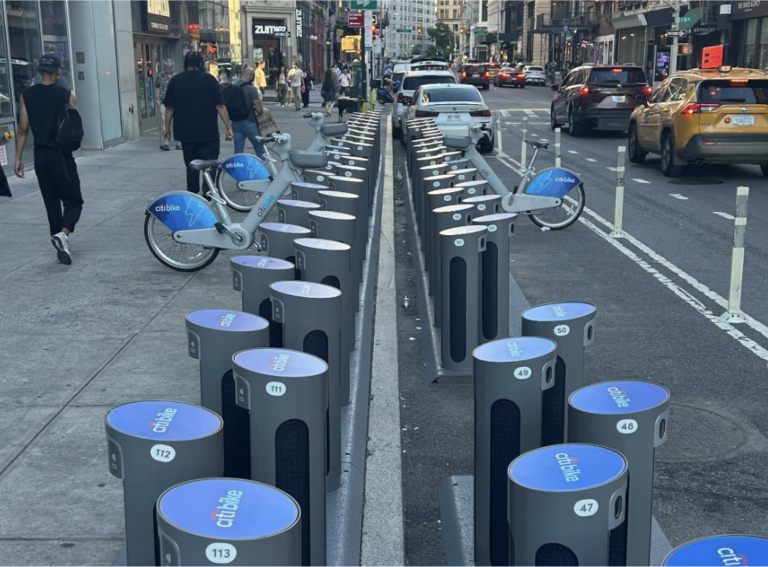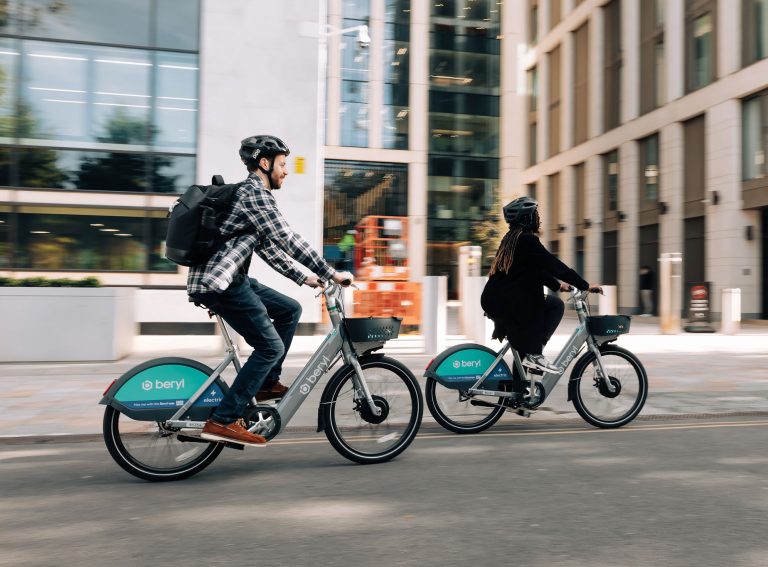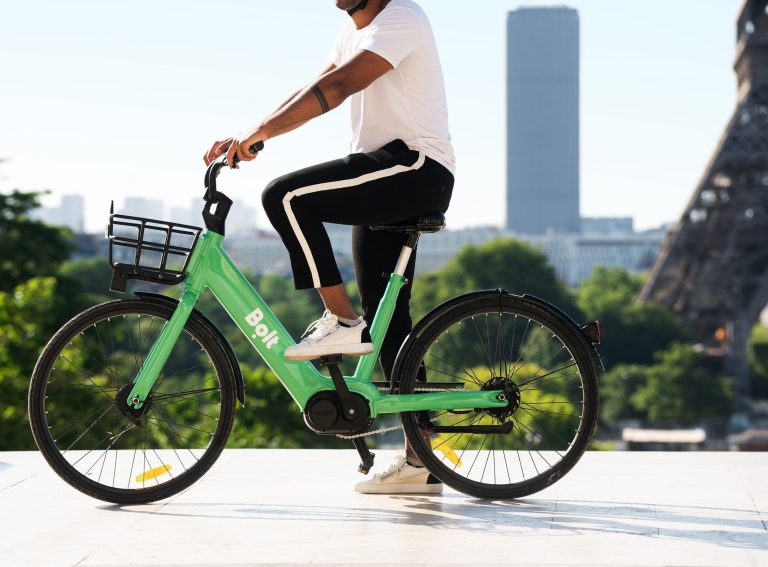Only a daredevil few dot around with jetpacks, and while there have been some valiant recent attempts, we don’t yet have a genuine, Back-to-the-Future-style hoverboard. Still, there’s a roofless transport mode available right now that positively bristles with hi-tech cleverness.
They look so simple — childlike, almost — and it’s therefore easy to forget that today’s e-scooters are so technologically advanced. They are generally equipped with GPS chips to prevent pavement use, and the same tracker tech also limits an e-scooter’s achievable speed.
There’s more. At least one e-scooter startup has experimented with onboard cameras to identify, with artificial intelligence, kerbs, pavements, road signs, and no-go areas. Other companies claim to use centimetre-precise pavement mapping, real-time sensors, and dead-reckoning software to achieve the same, pedestrian-friendly results.
Such sensitivity is truly amazing. But perhaps what’s even more amazing is that this technology isn’t mandated for cars.
Ever since the death of Bridget Driscoll, hit by Arthur Edsell driving a Roger-Benz car in London in 1896, we’ve known that cars kill. (The first death of a motorist didn’t occur until two years later when Henry Lindfield’s electric car overturned, squashing him beneath).
One hundred and twenty-six years of “murder most foul” — which is how the journalist and pedestrian advocate J. S. Dean described road slaughter in his famous 1947 polemic — has not resulted in mandatory speed limiters or pedestrian-area detection tech in all cars.
This is bizarre. When Volvo recently crowed about its speed limiting cap, it said the cut-off point would be 112mph. The cap is therefore meaningless. And Volvo is the standout here; other car manufacturers dare not even breathe about “anti-freedom” speed limiting.
Yes, the EU has forced carmakers to now fit Intelligent Speed Assistance in all new cars, but ISA can be turned off. Which, again, makes the measure pretty much meaningless.
Currently, most of the new cars sold worldwide already have GPS built-in, but there’s no government anywhere that demands such tech be used to limit a car’s speed or prevent it from being parked on a pavement or entering a pedestrian zone.
Contrast that with the strict regulations imposed on e-scooters. The UK’s Department for Transport says that rental e-scooters can’t exceed 15.5mph, can’t have motors with more than 500W of power, and they can’t weigh more than 55kg.
Cars, however, are allowed to grow like Topsy, with electric cars, and their dense batteries, now tending to be even heavier than petrol and diesel cars, and therefore potentially more dangerous to pedestrians and cyclists.
Why the onerous, automatically-enforced speed, power, and weight regulations for e-scooters and diddly-squat for cars? (Don’t get me started on vans and trucks).
It’s not because of logic or common sense; it’s because e-scooters are new. They are a highway Johnny-come-lately so have to be boxed in, bound by regulations not enforced on other modes. (Speed limits don’t count; they are habitually broken).
I am not calling for higher speeds and more torque for e-scooters. I am simply asking why this new mode of transport is deemed to be so dangerous that it has to be incredibly heavily regulated, yet the mode that is demonstrably more lethal is not geofenced, is not speed limited, and can be as heavy as the most aggressive motorist likes?
It makes total sense for cars (and vans and trucks) to be speed-limited everywhere, not just in cities. Likewise, the geofencing technology used so effectively in e-scooters should be mandatory for motor vehicles too.
In November last year, I suggested that such an ask could be branded as whataboutery, but that doesn’t mean it’s an argument to avoid. Perhaps the likely introduction of road pricing could be a Trojan horse for making sure all cars turn on the sort of speed- and location-limiting technology that allows rental e-scooter firms to operate?
(On a similar note, given that no government is even toying with genuine speed limiting, there’s little future for driverless cars because they can’t operate in an environment where human operators have free rein).
Looking on the bright side, the proliferation of e-scooters, from companies that have to fit advanced tech if they wish to operate, shows what’s possible. Maybe some future regulators will demand that tech now commonplace on e-scooters has to be used on motor vehicles, too? I live in hope.











